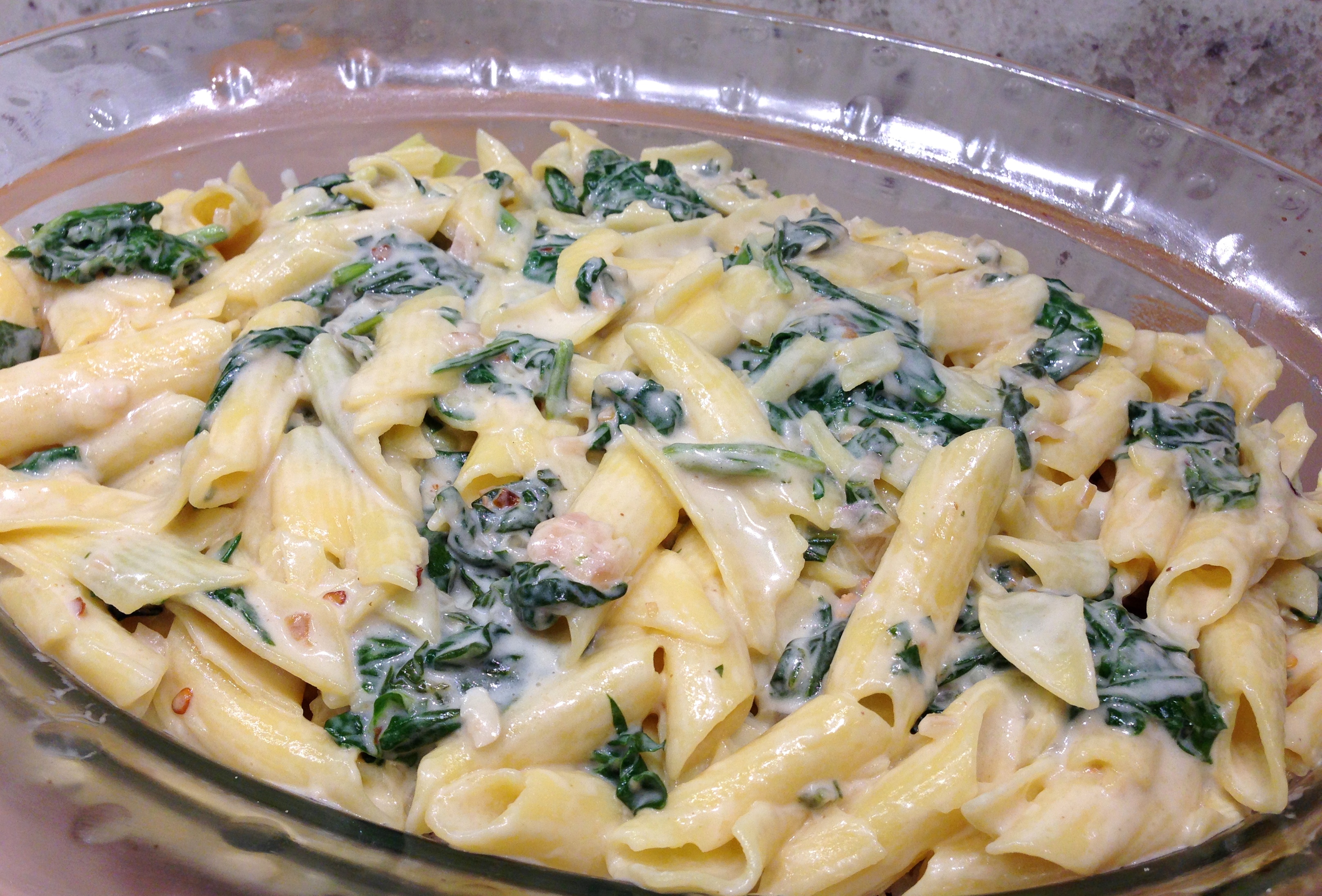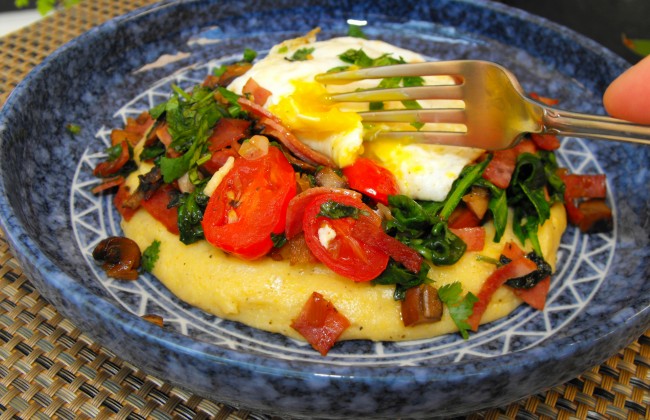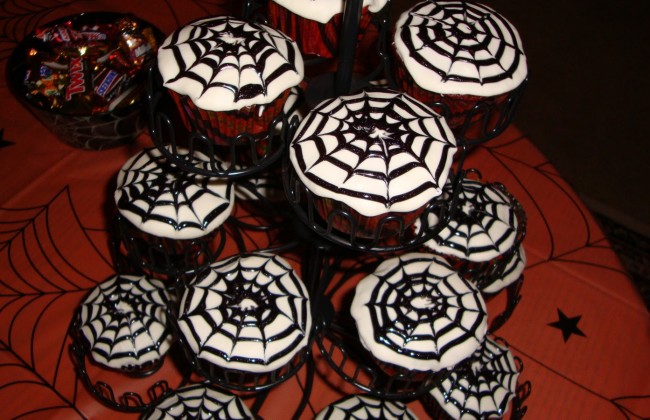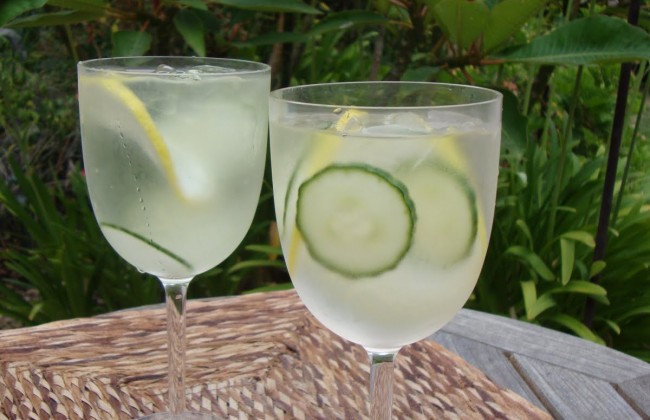Visions of the Italian countryside come to mind when I think of Central Italy. Rolling hills, charming cities and vineyards. Life appears to move along at a very relaxed pace. Summertime temperatures are warmer than in Northern Italy and the cuisine is simple and rustic with lighter sauces. Join me for a leisurely tasting of the flavors of Central Italy!
Central Italy is comprised of four large and beautiful regions: Lazio (Latium), Umbria, Marche and Tuscany, although Abruzzo, depending on who you ask, shares time in both Central and Southern Italy.
The rustic region of Lazio (Latium) is home to the capital of Italy, Rome and Vatican City, a sovereign city-state within the city of Rome. Simple pasta dishes are the basis of many famous dishes such as Spaghetti alla Carbonara, made with guanciale (pork cheeks) eggs, butter and cheese dusted with black pepper “coal flakes” and Spaghetti alla Puttanesca, which includes garlic, tomatoes, capers, olives, herbs and anchovies. As one story goes, Puttanesca, literally “spaghetti of the whore” in Italian, was invented in the 1950’s by Sandro Petti, co-owner of Rancio Fellone, a famous restaurant and nightspot. Petti’s moment of inspiration came when, near closing one evening, Petti found a group of customers sitting at one of his tables. He was low on ingredients and so he told them he didn’t have enough to make them a meal. They complained that it was late and they were hungry. “Facci una puttanata qualsiasi,” or “Make any kind of garbage,” they insisted. Petti had nothing more than four tomatoes, two olives and some capers and anchovies. “So I used them to make the sauce for the spaghetti,” said Petti. Later, Petti included this dish on his menu as spaghetti alla puttanesca.
Over 90 varieties of artichokes are grown in Italy and are very popular in Rome where they are flattened and fried twice for Carciofi alla Guida (Jewish style) and alla Romana, stuffed with bread crumbs, parsley, anchovies, salt and pepper. An all time favorite Saltimbocca alla Romana, which means “jumps in the mouth”, is a fillet of veal, prosciutto and sage, rolled-up and cooked in dry white wine and butter.
Umbria, nicknamed “the green heart of Italy”, is southeast of Tuscany and is landlocked. It relies on pork for most of it’s classic dishes. It’s pork butchers are said to be the best in Italy. Specialties like Guanciale, the salted and cured meat of the pig’s cheek, are added to pasta sauces and the preferred ingredient in Spaghetti alla Carbonara. Norcia, the Apennine foothills, is the home of Italy’s best black truffles. Unlike white truffles, which can only be eaten raw, black truffles can be heated and added to sauces without losing their flavor. The wines of Umbria rank among the finest in Italy. Perugia, Umbria’s capital, is home to one of the major chocolate producers of Italy. This factory (now owned by Nestlé) on the outskirts of town produces the famous silver-wrapped, chocolate-and-hazelnut confections called Baci, Italian for “kisses”.

The food of Marche is a mix of rustic fare and seafood. Much of the region remains relatively tourist-free and dotted with castles mostly untouched by wars and invaders. Pasta in the Marche region is rich with eggs, with wide noodles like lasagna and papparadelle in the forefront. The region’s signature dish is vincisgrassi , a pasta casserole with meat sauce, cream, truffles and Parmigiano-Reggiano. A specialty of the regional capital, Ascoli Piceno, are stuffed olives, painstakingly and lovingly hand-made by local women, and they make an appearance at big events and special occasions. Green olives are pitted and stuffed with a filling of meat and cheese, dipped in beaten egg and breadcrumbs, and deep-fried to a golden brown in sunflower oil.
Tuscany (Toscana) is the northern most region of central Italy. The Etruscans, who hailed originally from Asia Minor and inhabited Tuscany before the Romans, had a reputation for being great eaters and wine drinkers. It has been said, this is where Italian cooking was born – at the court of the Medici. The region is home to extra-virgin Tuscan olive oil, an intense oil with a green to golden color. The white hided cattle found in Tuscany’s Chiana valley produce large cuts of meat which is low in fat. The famous Florentine T-bone steak, the Bistecca alla Fiorentina, made from meat of Chianina cattle (native to the plains of Val di Chiana) are legendary. The vegetables grown here include artichokes, asparagus, spinach, beans, and peas; and, a great number of wild mushrooms, including porcini and morels, are found. A dish prepared alla Florentine means it contains spinach. Florentine recipes will typically feature some main ingredient, such as meat, poultry or fish, served on a bed of spinach, and then topped with a Mornay sauce. A Florentine recipe may also be topped with cheese which is browned or au gratin. Pollo alla Fiorentina, Chicken Florentine is one of the traditional dishes of Tuscany.
Chicken Florentine Style is a heavenly concoction of chicken breasts with spinach, artichokes and pasta in cream sauce. The only thing that could make this dish any better is knowing it is a casserole which hopefully means, leftovers!

Assemble all your lovely Florentine ingredients. Preheat oven to 375 degrees F. Lightly oil a 9 x 13 baking dish.

Cut chicken breasts into strips and sprinkle with salt and pepper. Add 1 tablespoon of olive oil to a heavy large skillet over medium heat. Once the oil is hot, add the chicken and cook until brown, about 3 minutes per side.

Transfer the chicken to a plate and tent with foil to keep it warm. When cooled enough to touch, cut the strips into bite size pieces.

While chicken is cooking, bring a large pot of water to a boil, add salt and cook pasta according to package instructions. Note: Salt can damage the stainless steel surface of your pans and can cause imperfections or pitting. Always add salt to liquids once they have reached a boil.

Reserve a 1/2 cup of pasta water. We will use this to thin the sauce. I always reserve some pasta water just in case. Because of the starch in the water, it doesn’t dilute the flavor and gives some body to the sauce while thinning it.
Make the dish gluten free by using corn or corn/rice pasta. No one will know the difference and a break from gluten is a good thing. I have recently found gluten free pasta made by Barilla, one of Italy’s top pasta makers since 1877!

Place the chopped spinach in the bottom of a colander and drain the pasta over the spinach to wilt it. Neat trick that saves time and pans!

Melt 2 tablespoons of butter in the same skillet over medium heat. Add the shallots, red pepper flakes and garlic and sauté until the shallots are translucent, stirring to scrape up any browned bits on the bottom of the skillet, about 1 minute.

Add the wine. Increase the heat to medium-high and boil until the liquid is reduced by half, about 3 minutes. Reducing the wine cooks out the alcohol and imparts the flavors of the wine into the sauce, not the alcohol. Don’t skip this step! It makes all the difference in the taste. If you would like to use chicken broth instead of wine, still reduce the broth the same way. It will intensify the flavor.

Add the cream and boil until the sauce reduces by half, stirring often, about 3 minutes.

Stir in half the parsley and half of the mozzarella cheese into the sauce. Season the sauce, to taste, with salt and pepper.

Mix the pasta and spinach into the cream sauce and set aside. Pasta sauce should be loose.

Use the reserved pasta water, a little at a time, to thin the sauce. Shoot for slurpy so the casserole isn’t dry after you bake it.

Now it’s time to assemble the casserole. Pour half of the sauced pasta into a lightly grease casserole dish.

Next add the chopped chicken layer……

and layer the artichoke hearts on top. Sprinkle with the remaining mozzarella cheese.

Pour the remaining sauced pasta over the artichoke layer for the final layer. Notice how wet the pasta is. That’s the moisture level you are looking for.

Heat 1 tablespoon of olive in a small skillet over medium heat. Add Panko and cook, stirring, until browned and toasted, about 1-2 minutes. Toss in the remaining parsley.

Sprinkle panko crumbs over the casserole. Place into oven and bake until heated through, about 18-20 minutes.

The Bite! The smell of wine as the sauce is cooking is floating through the air. I love that smell! When the casserole came out of the oven, I just had to taste it! It’s creamy and you can taste the wine flavor in the sauce. The pasta is still al dente and the artichokes give each bite a clean fresh element that is refreshing. And the crunch, oh the crunch, from the toasted panko pulls it all together. It is just so yummy and satisfying! I can hardly wait for dinner to be served for a whole plate full, not just a bite!

Couldn’t resist showing you my “little chef” Kato. From the time he was a baby, he has enjoyed watching me cook in the kitchen. When he was a kitten, he used to ride around on my shoulder as I cooked. He’s way to big for that now! If the recipe and pictures take a bit longer, he will hang with me, but goes into the lounging position. Always good to have a friend in the kitchen 🙂


- 8 ounces of Penne pasta (Corn Pasta for Gluten Free version – Trader Joe’s)
- 2 bunches fresh spinach, rough chopped (1/2 pound)
- 1 tablespoon olive oil
- 2 boneless skinless chicken breasts, sliced into strips (or Chicken Tenders)
- Salt and freshly ground black pepper
- 2 tablespoons unsalted butter, (1/4 stick)
- 2 tablespoons shallots, sliced (1 large shallot)
- 1/4 teaspoon crushed red pepper flakes
- 1 tablespoon chopped garlic
- 1 1/2 cups dry white wine
- 1 cup whipping cream
- 2 tablespoons, chopped fresh Italian parsley, divided
- 1 can Artichoke hearts in water, drained and quartered
- 1 cup shredded Mozzarella cheese, divided
- 1/2 cup Panko Bread Crumbs (toasted Udi Bread crumbs for Gluten Free version)
- Preheat oven to 375 degrees F. Lightly oil a 9 x 13 baking dish.
- Cut chicken breasts into strips and sprinkle with salt and pepper. Add 1 tablespoon of olive oil to a heavy large skillet over medium heat. Once the oil is hot, add the chicken and cook until brown, about 3 minutes per side.
- Transfer the chicken to a plate and tent with foil to keep it warm. When cooled enough to touch, cut the strips into bite size pieces.
- While chicken is cooking, bring a large pot of water to a boil, add salt and cook pasta according to package instructions. Note: Salt can damage the stainless steel surface of your pans and can cause imperfections or pitting. Always add salt to liquids once they have reached a boil.
- Reserve a 1/2 cup of pasta water. We will use this to thin the sauce. I always reserve some pasta water just in case. Because of the starch in the water, it doesn't dilute the flavor and gives some body to the sauce while thinning it.
- Place the chopped spinach in the bottom of a colander and drain the pasta over the spinach to wilt it.
- Melt 2 tablespoons of butter in the same skillet over medium heat. Add the shallots, red pepper flakes and garlic and sauté until the shallots are translucent, stirring to scrape up any browned bits on the bottom of the skillet, about 1 minute.
- Add the wine. Increase the heat to medium-high and boil until the liquid is reduced by half, about 3 minutes. Reducing the wine cooks out the alcohol and imparts the flavors of the wine into the sauce. Don’t skip this step! It makes all the difference in the taste.
- Add the cream and boil until the sauce reduces by half, stirring often, about 3 minutes.
- Stir in half the parsley and half of the mozzarella cheese into the sauce. Season the sauce, to taste, with salt and pepper. Mix the pasta and spinach into the cream sauce and set aside. Pasta sauce should be loose. Use the reserved pasta water, a little at a time, to thin the sauce.
- Now it’s time to assemble the casserole. Pour half of the sauced pasta into a lightly grease casserole dish. Next add the chopped chicken and layer the artichoke hearts on top. Sprinkle with the remaining mozzarella cheese. Pour the remaining sauced pasta over the artichoke layer.
- Heat 1 tablespoon of olive in a small skillet over medium heat. Add Panko and cook, stirring, until browned and toasted, about 1-2 minutes. Toss in the remaining parsley.
- Sprinkle panko crumbs over the casserole. Place into oven and bake until heated through, about 18-20 minutes.
- Gluten free pastas are becoming easier to find all the time. Barilla, Italy's top pasta and food company is now making them. Trader Joe's is a good source too. Top with Udi bread crumbs and you have a gluten free delight!



























































